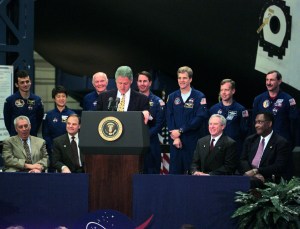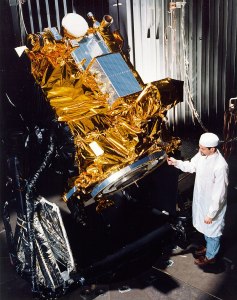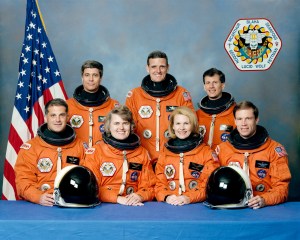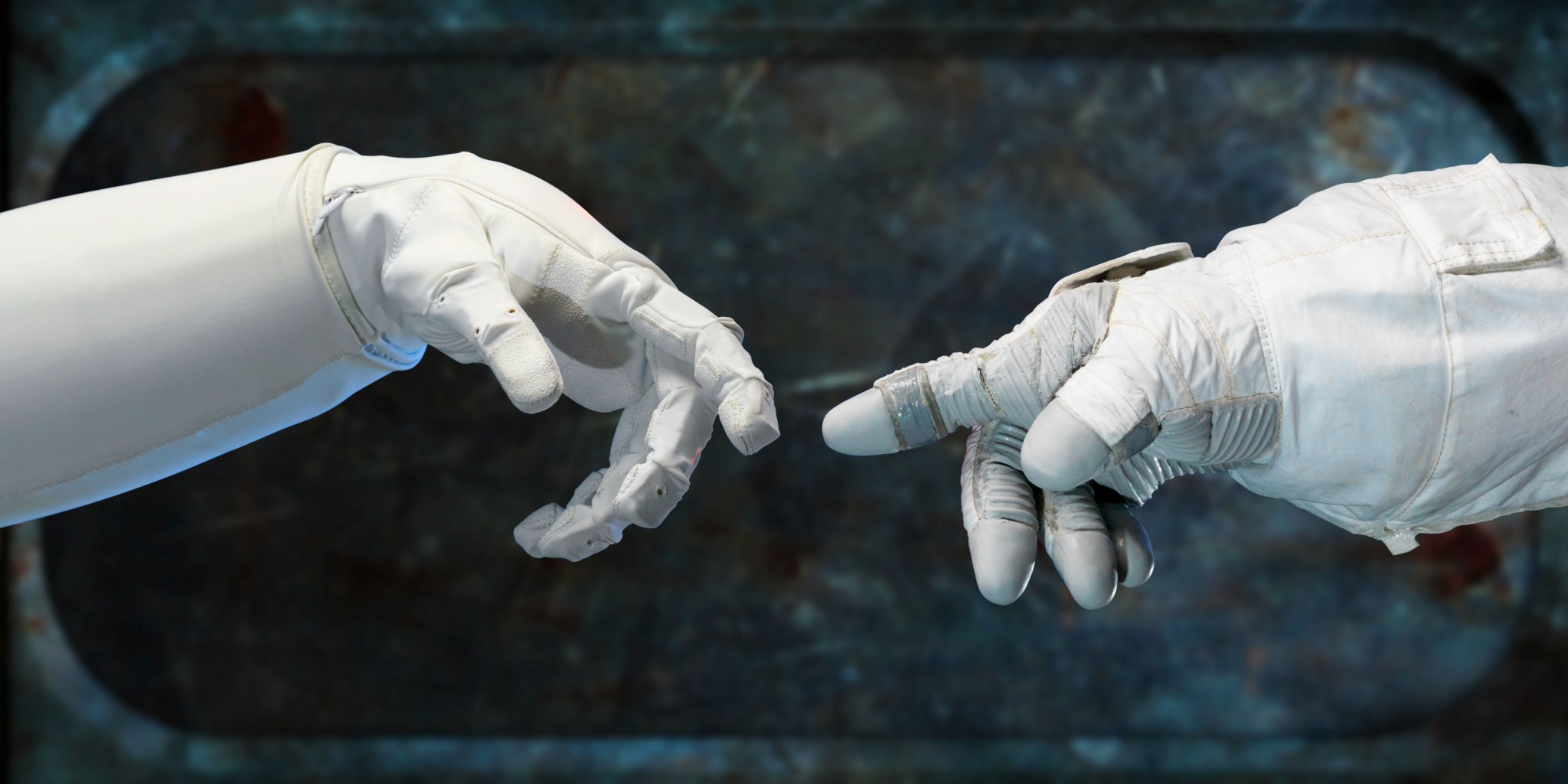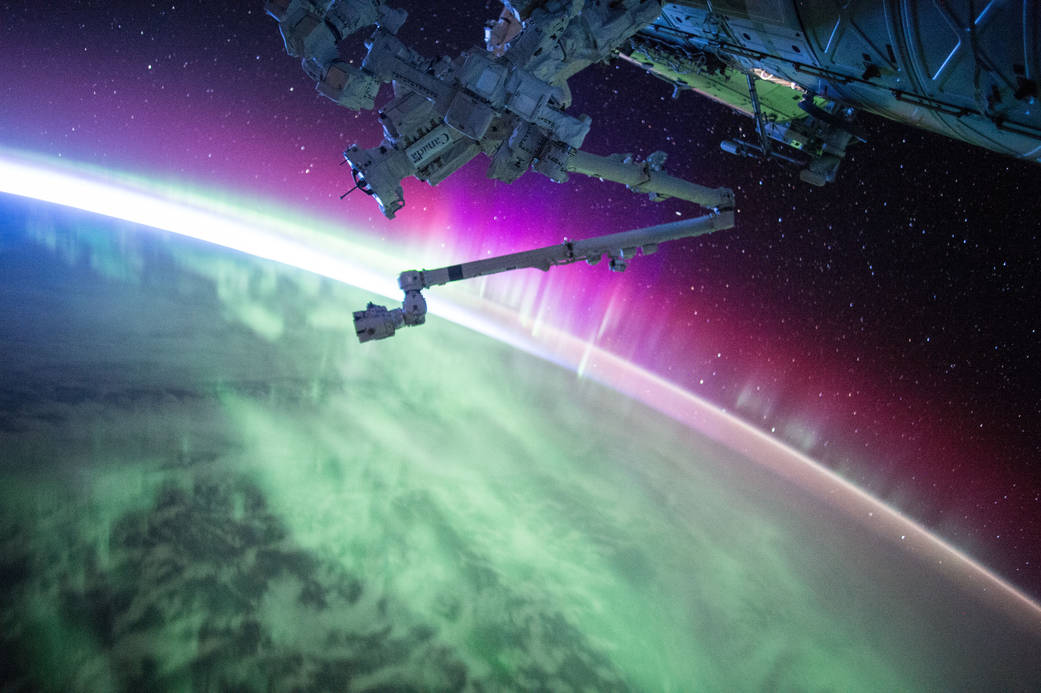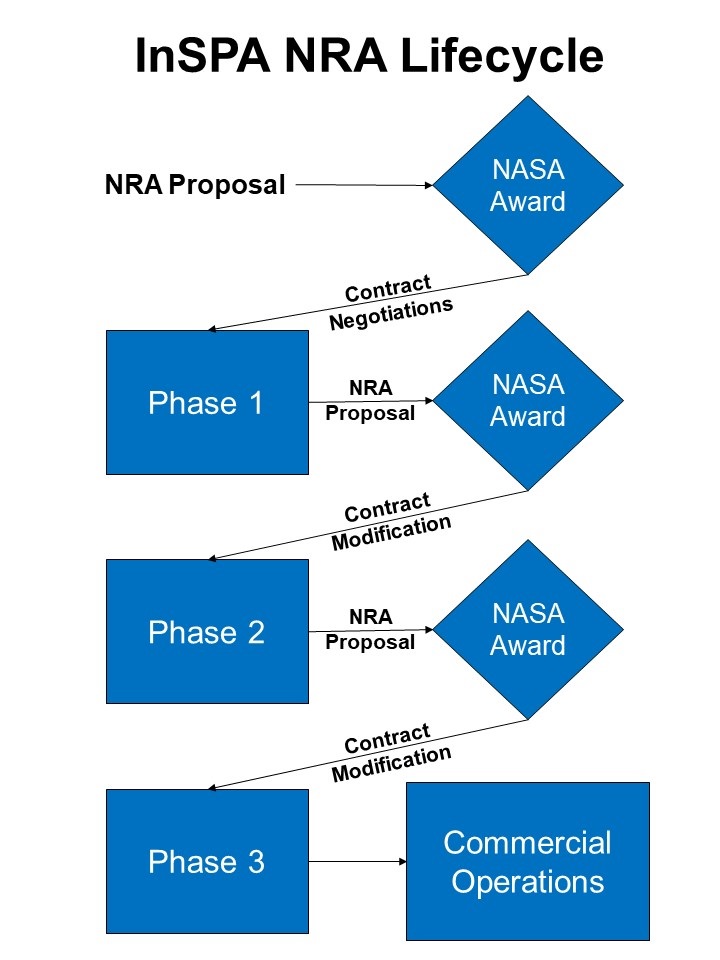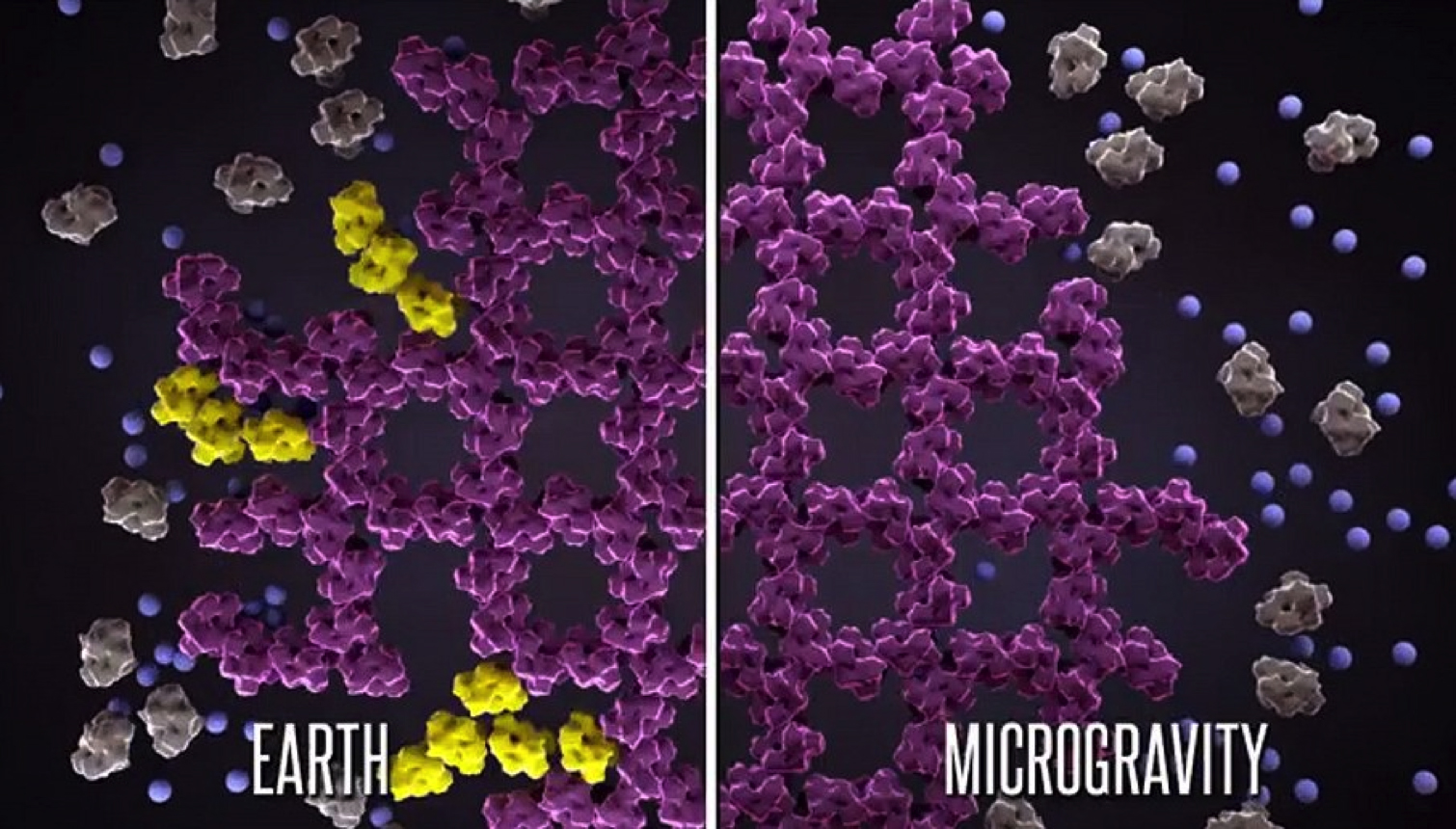Halloween on the International Space Station
Although no ghouls or goblins or trick-or-treaters come knocking at the International Space Station’s front hatch, crew members aboard the orbiting facility still like to get in the Halloween spirit. Whether individually or as an entire crew, they dress up in sometimes spooky, sometimes scary, but always creative costumes, often designed from materials available aboard the space station. Please enjoy the following scenes from Halloweens past even as we anticipate the costumes of the future.
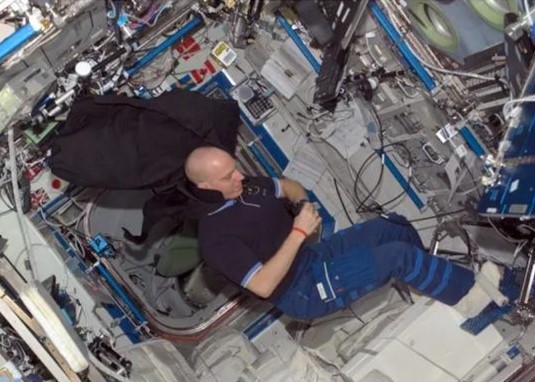
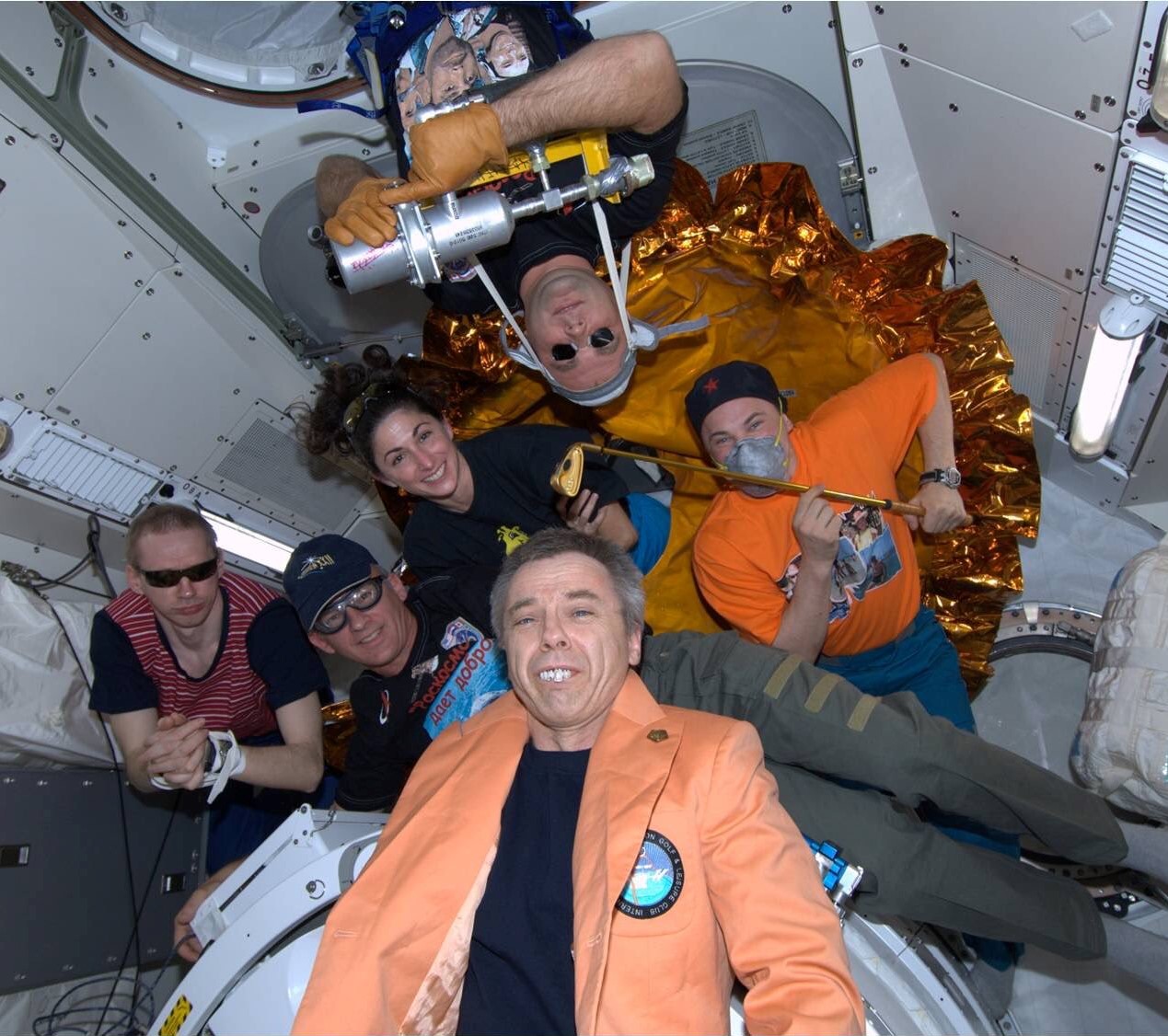
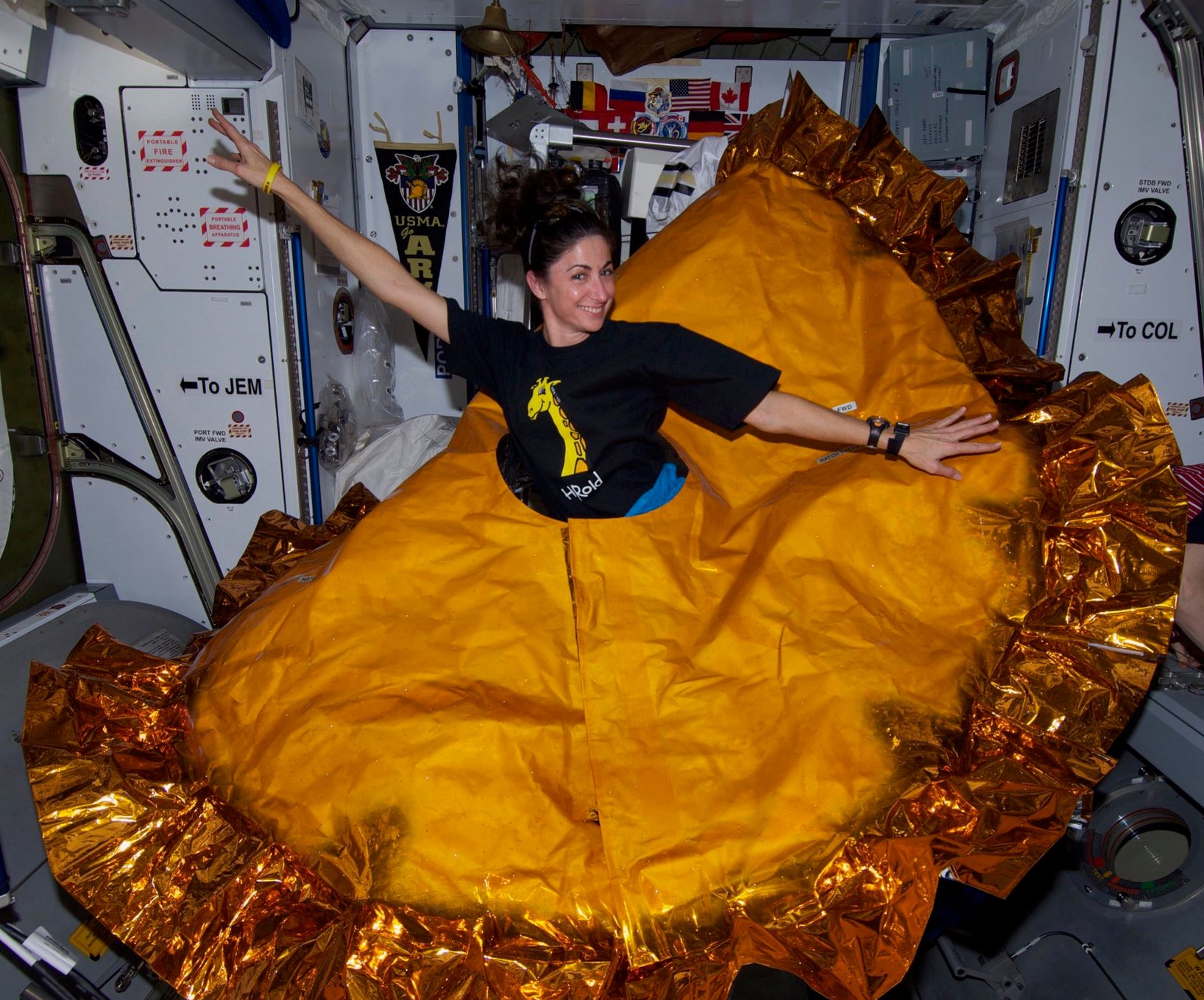
Left: Wearing a black cape, Expedition 16 NASA astronaut Clayton C. Anderson channels his inner vampire for Halloween 2007. Image credit: courtesy Clayton C. Anderson. Middle: For Halloween 2009, the Expedition 21 crew shows off its costumes. Right: Expedition 21 Flight Engineer NASA astronaut Nicole P. Stott shows off her Halloween costume.
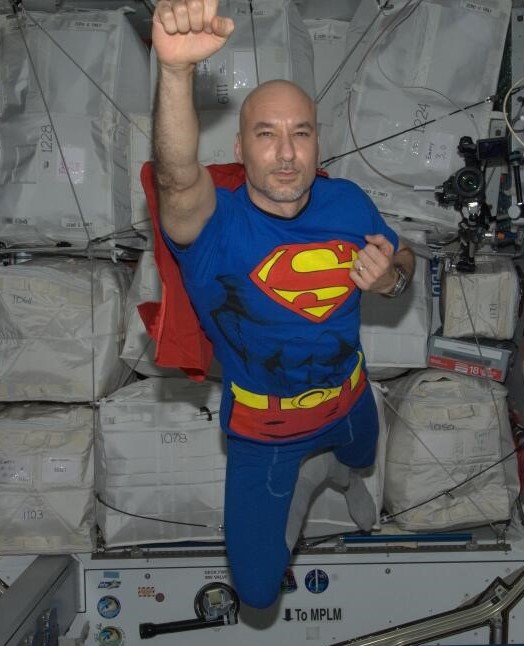
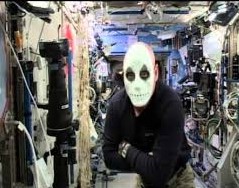
Left: Italian Space Agency astronaut Luca S. Parmitano finally gets his wish to fly like Superman during Expedition 37. Right: Who’s that behind the scary mask? None other than NASA astronaut Scott J. Kelly celebrating Halloween in 2015 during his one-year mission.
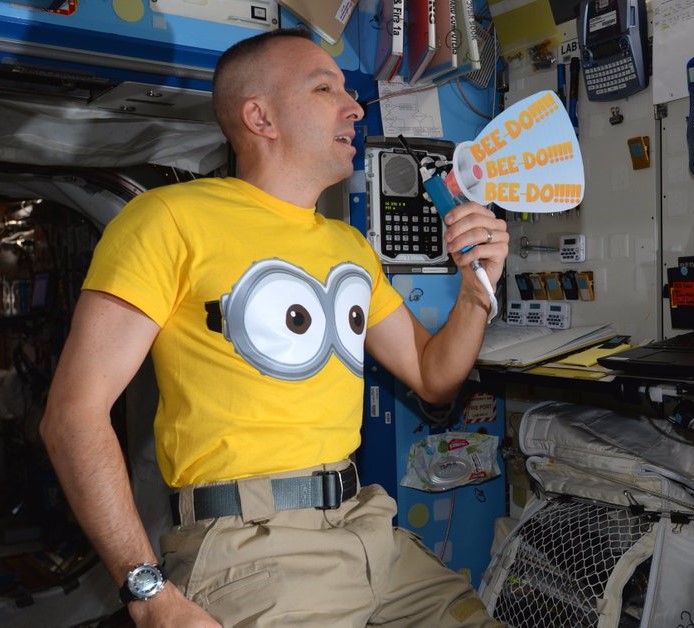
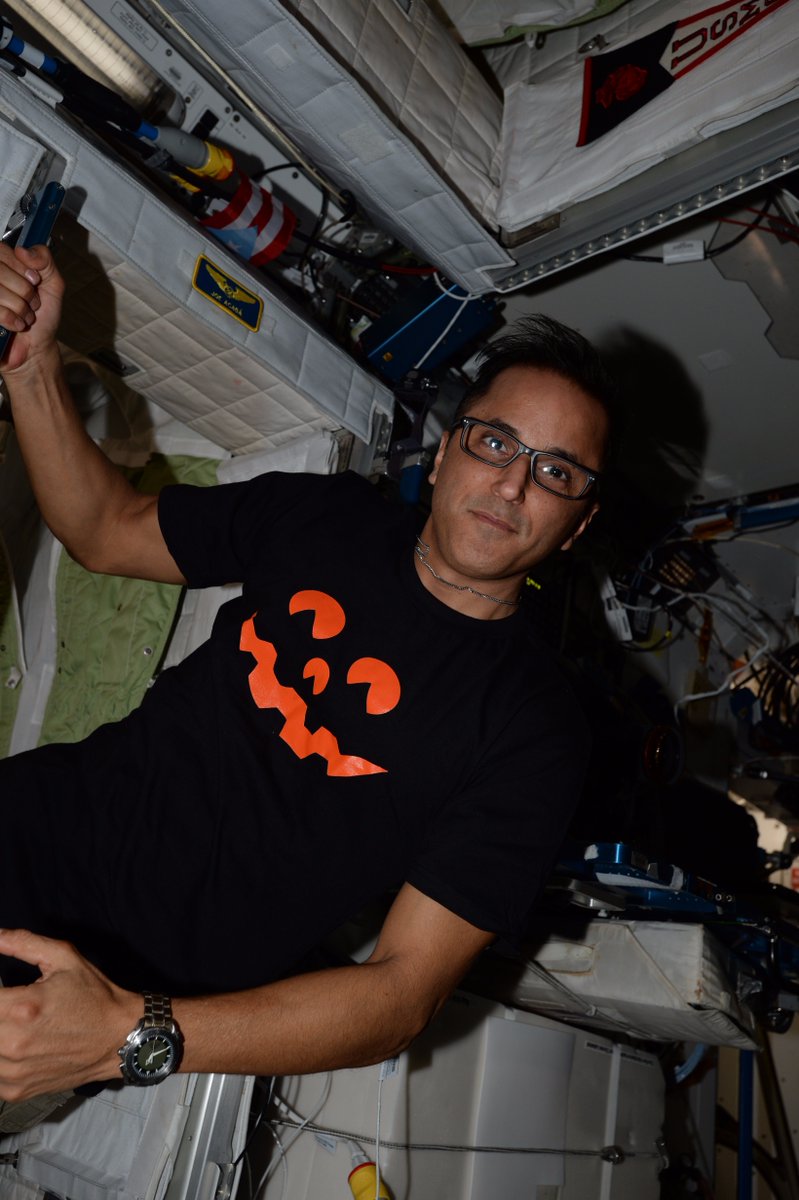
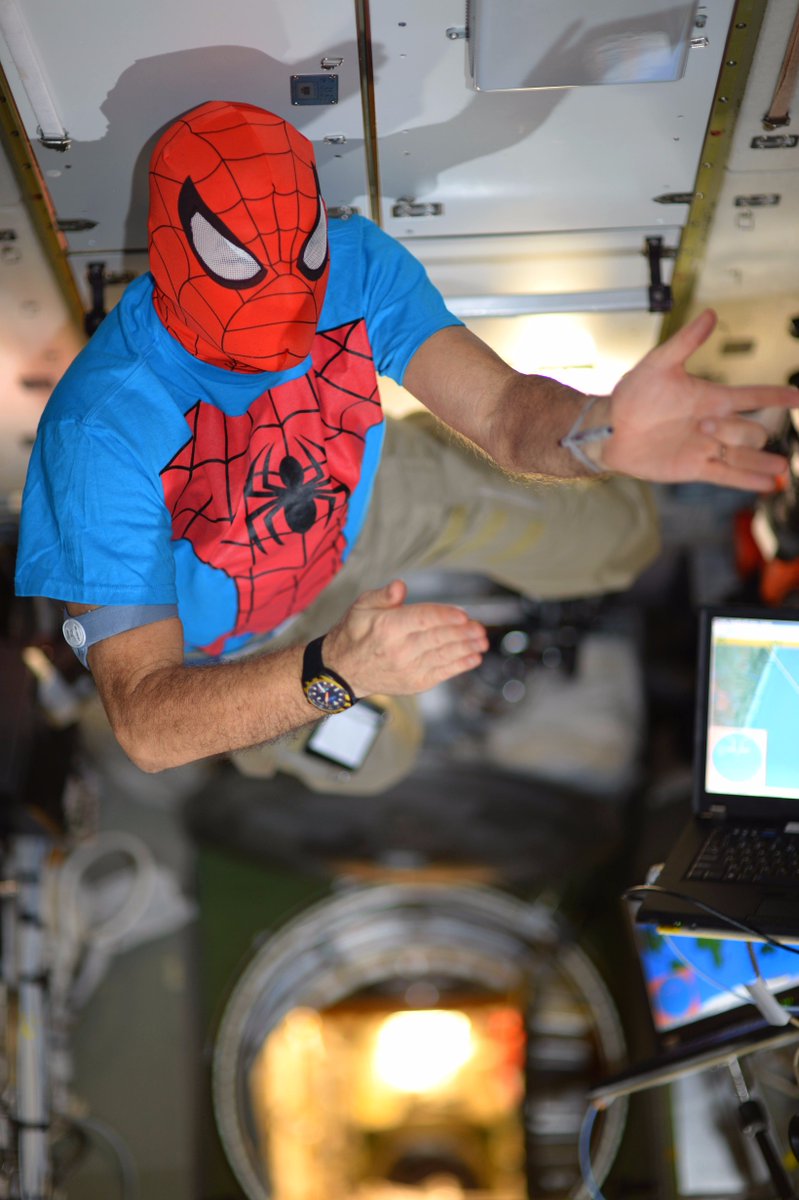
Left: Expedition 53 Commander NASA astronaut Randolph J. “Randy” Bresnik showing off his costume. Middle: Expedition 53 Flight Engineer NASA astronaut Joseph M. Acaba wearing Halloween colors. Right: Expedition 53 European Space Agency astronaut Paolo A. Nespoli showing off his Spiderman skills.
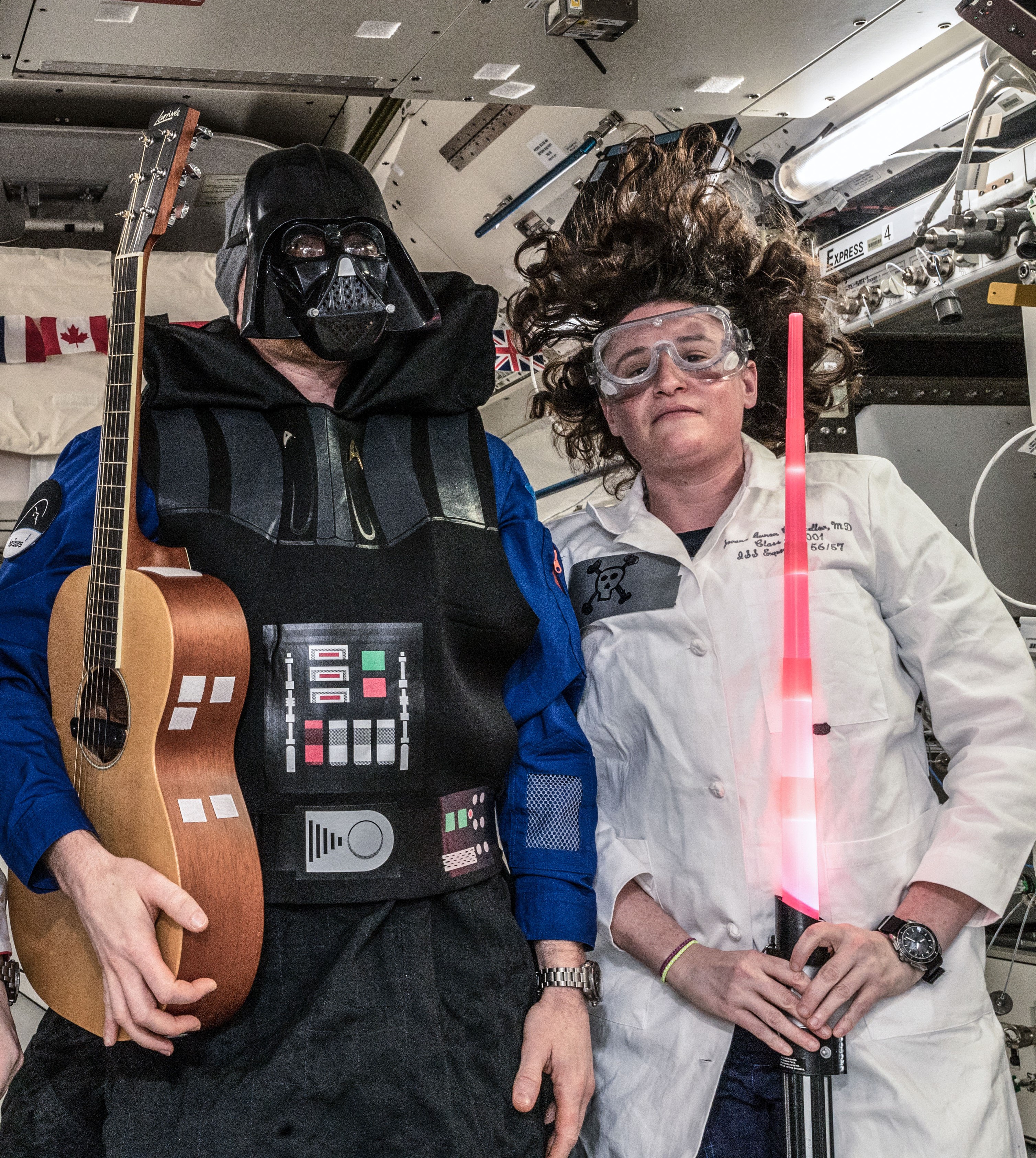
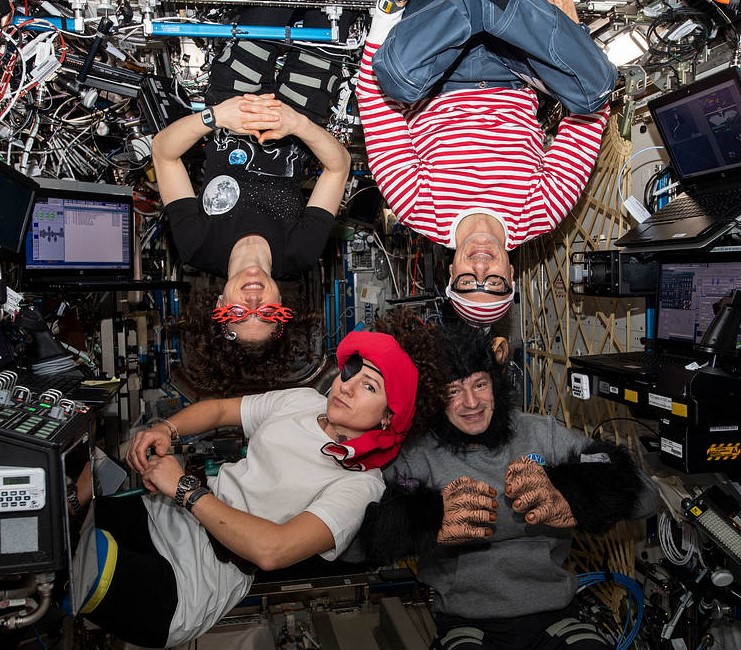
Left: Expedition 57 crewmembers in their Halloween best – European Space Agency astronaut and Commander Alexander Gerst, left, and NASA astronaut Serena M. Auñón-Chancellor. Right: Members of Expedition 61, NASA astronaut Christina H. Koch, top left, European Space Agency astronaut Luca S. Parmitano, NASA astronaut Andrew R. “Drew” Morgan, and NASA astronaut Jessica U. Meir, show off their Halloween spirit in 2019.
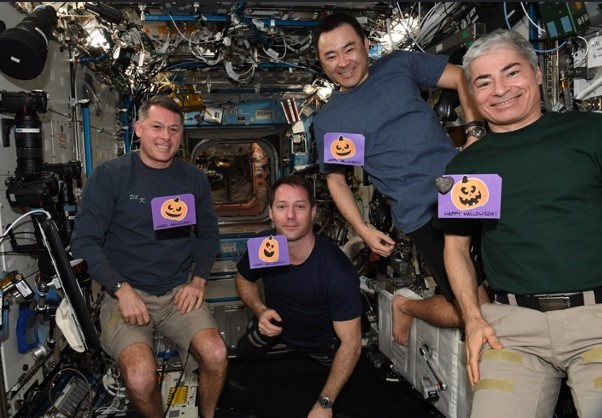
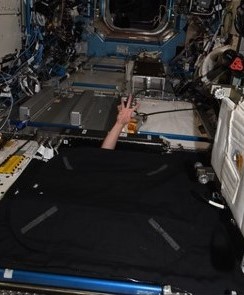
Left: Expedition 66 crewmembers NASA astronaut R. Shane Kimbrough, left, Thomas G. Pesquet of the European Space Agency, Akihiko Hoshide of the Japan Aerospace Exploration Agency, and NASA astronaut Mark T. Vande Hei showing off their Halloween cards. Right: A hand rising from the grave?
In October 2021, Crew-3 NASA astronauts Raja J. Chari, Thomas H. Marshburn, Kayla S. Barron, and Matthias J. Maurer of the European Space Agency (ESA), had some undisclosed plans for when they reached the space station just before Halloween. However, bad weather at NASA’s Kennedy Space Center in Florida thwarted those super-secret spooky Halloween plans, delaying their launch until Nov. 11. Undeterred, Expedition 66 crewmembers who awaited them aboard the station held their own Halloween shenanigans. ESA astronaut Thomas G. Pesquet posted on social media that “Strange things were happening on ISS for Halloween. Aki rising from the dead (or is it from our observation window?),” referring to fellow crew member Akihiko Hoshide of the Japan Aerospace Exploration Agency.
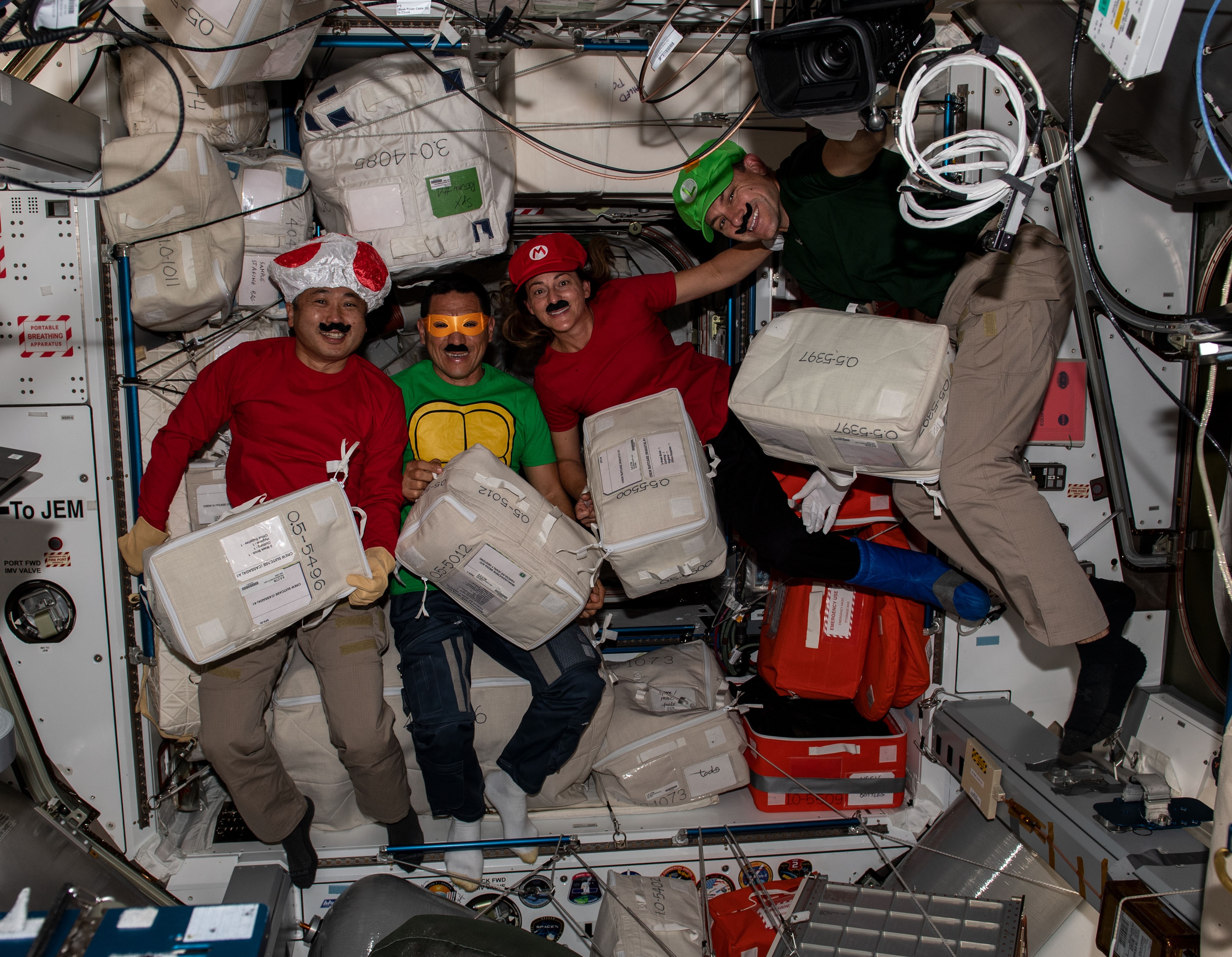
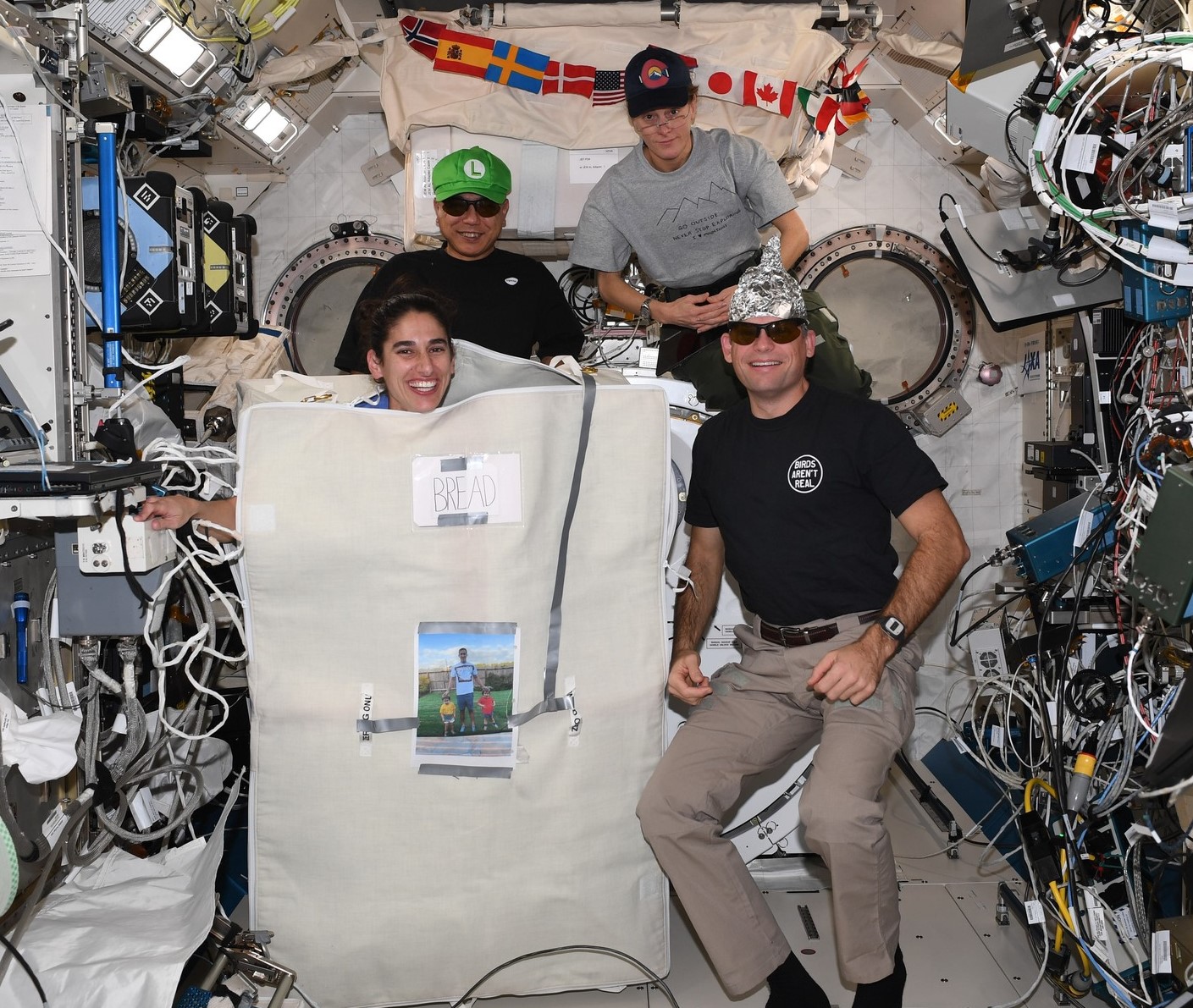
Left: In 2022, Expedition 68 astronauts Koichi Wakata of the Japan Aerospace Exploration Agency, left, and NASA astronauts Francisco “Frank” C. Rubio, Nicole A. Mann, and Josh A. Cassada dressed as popular video game and cartoon characters, using stowage containers in their Halloween costumes and holding improvised trick-or-treat bags. Right: Expedition 70 astronauts Jasmin Moghbeli of NASA, left, Satoshi Furakawa of the Japan Aerospace Exploration Agency, NASA astronaut Loral O’Hara, and European Space Agency astronaut Andreas Mogensen celebrate Halloween 2023.
The spookiness continues…
Powered by WPeMatico
Get The Details…
Kelli Mars



